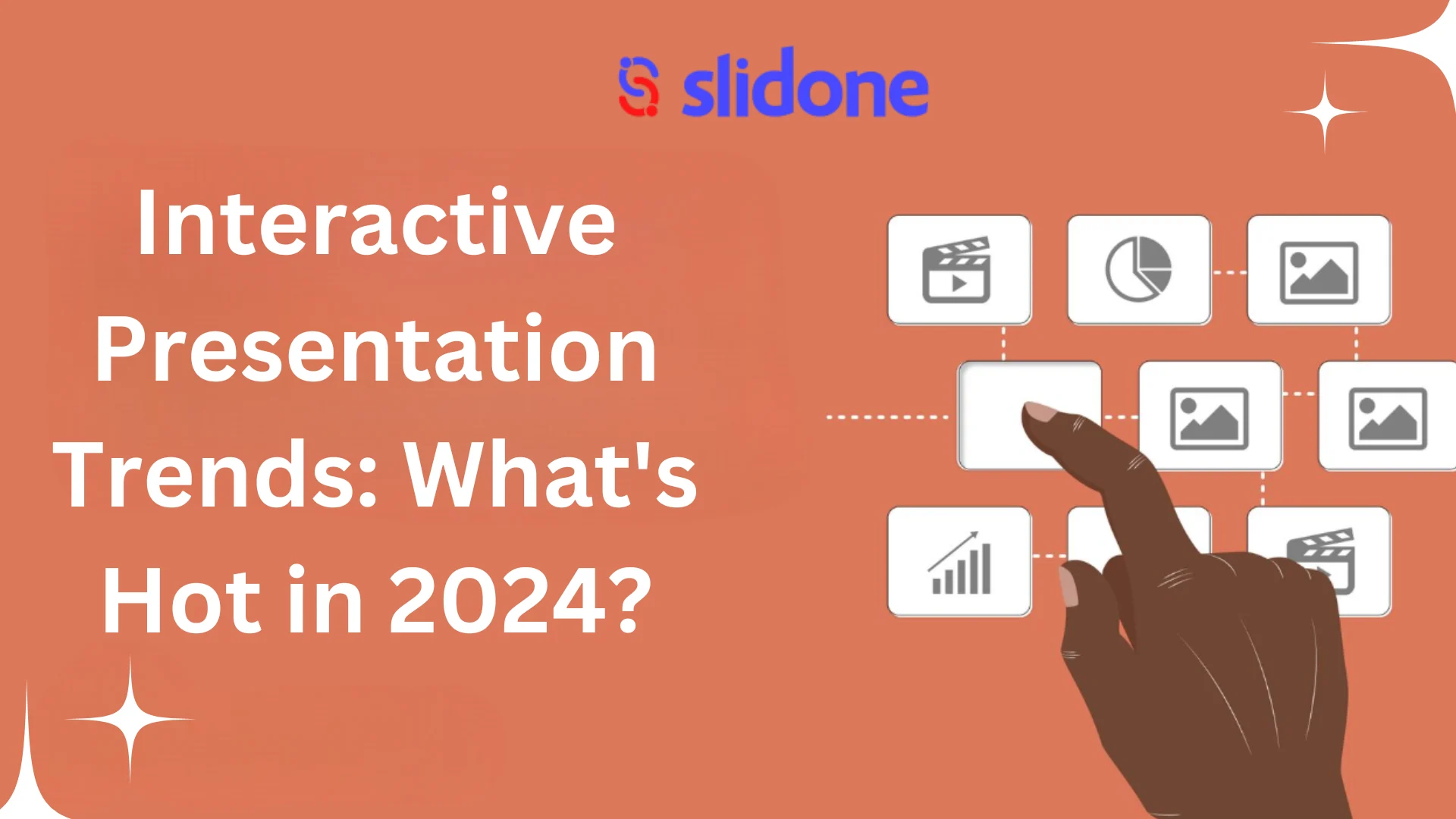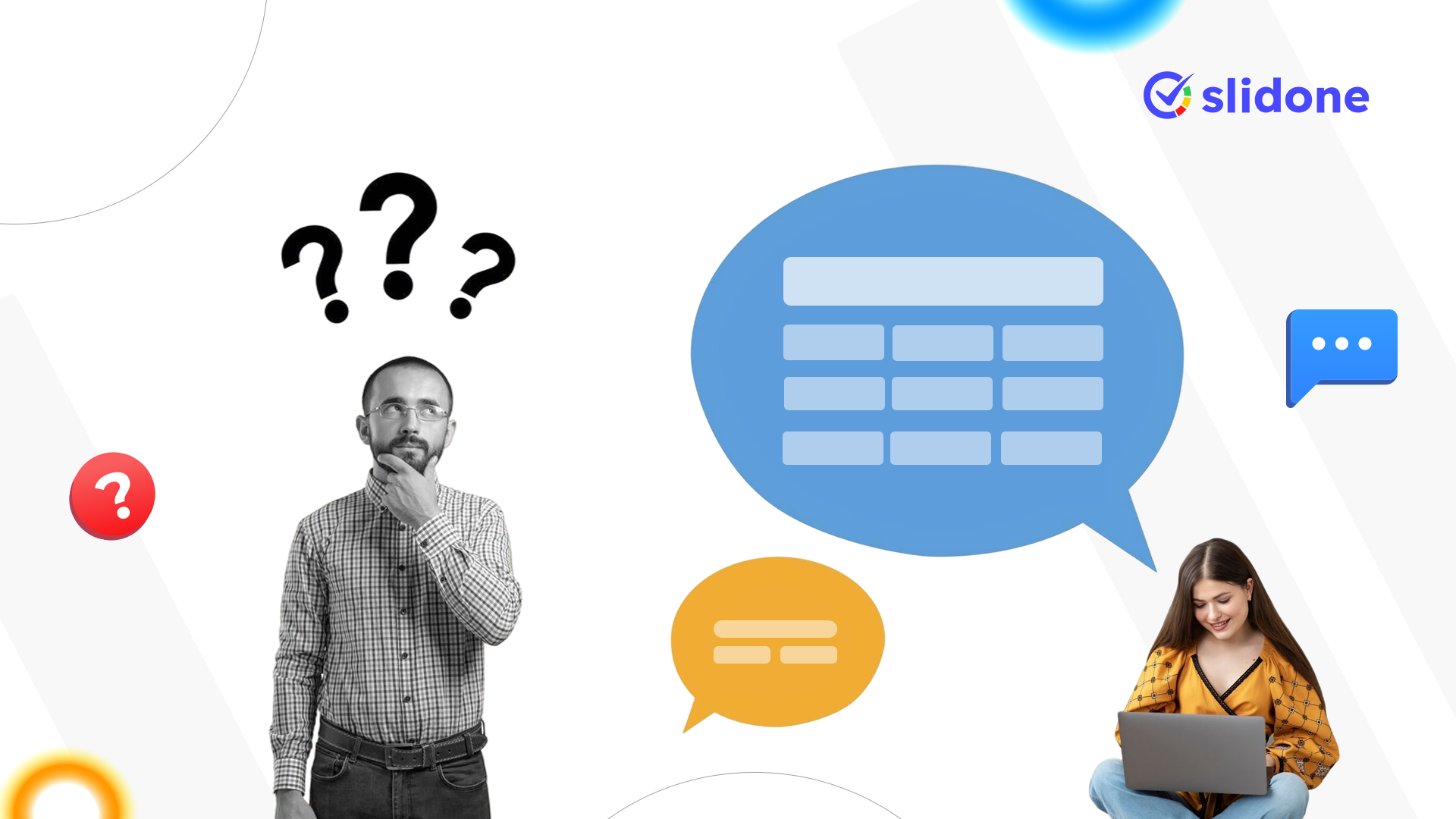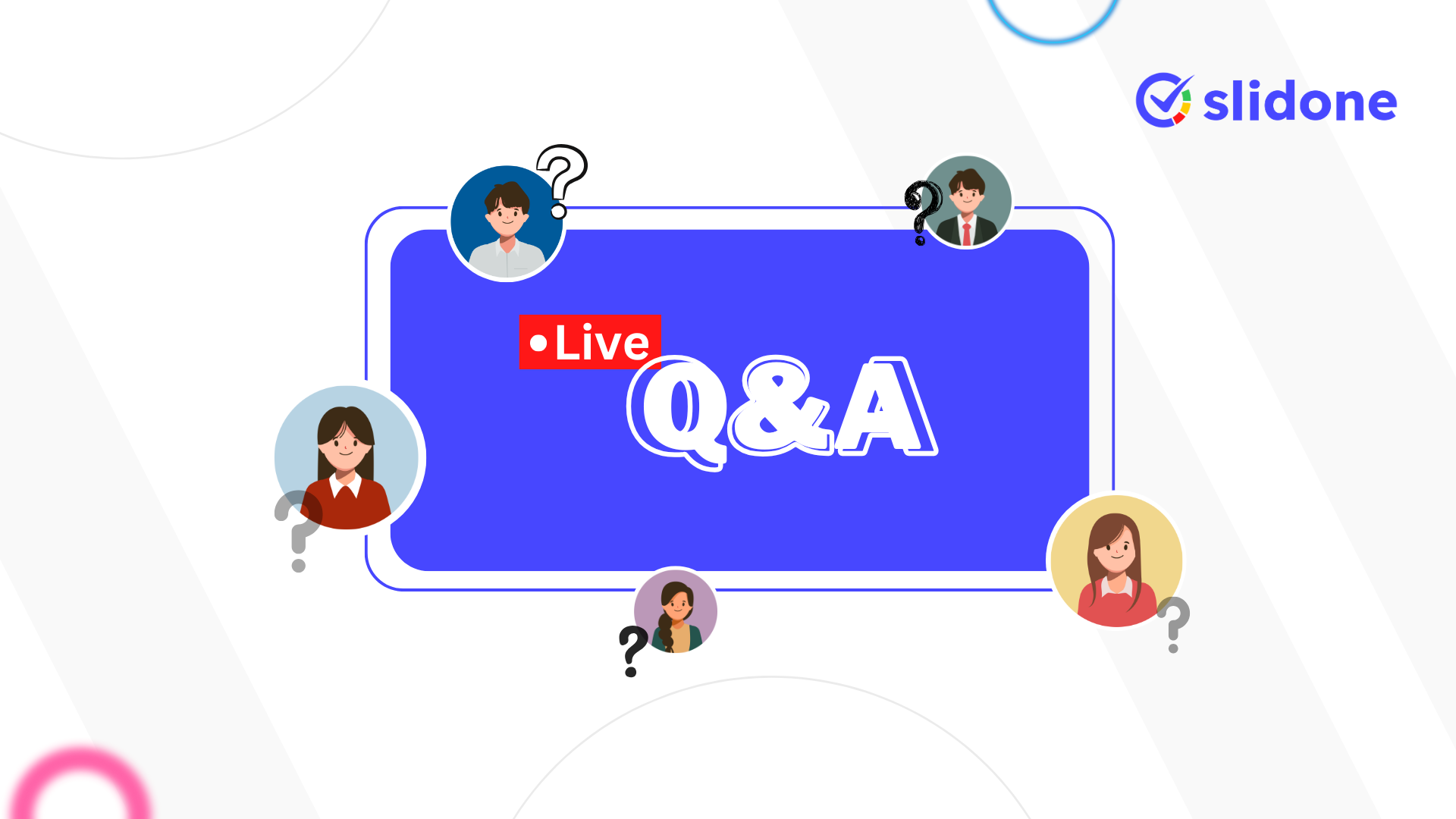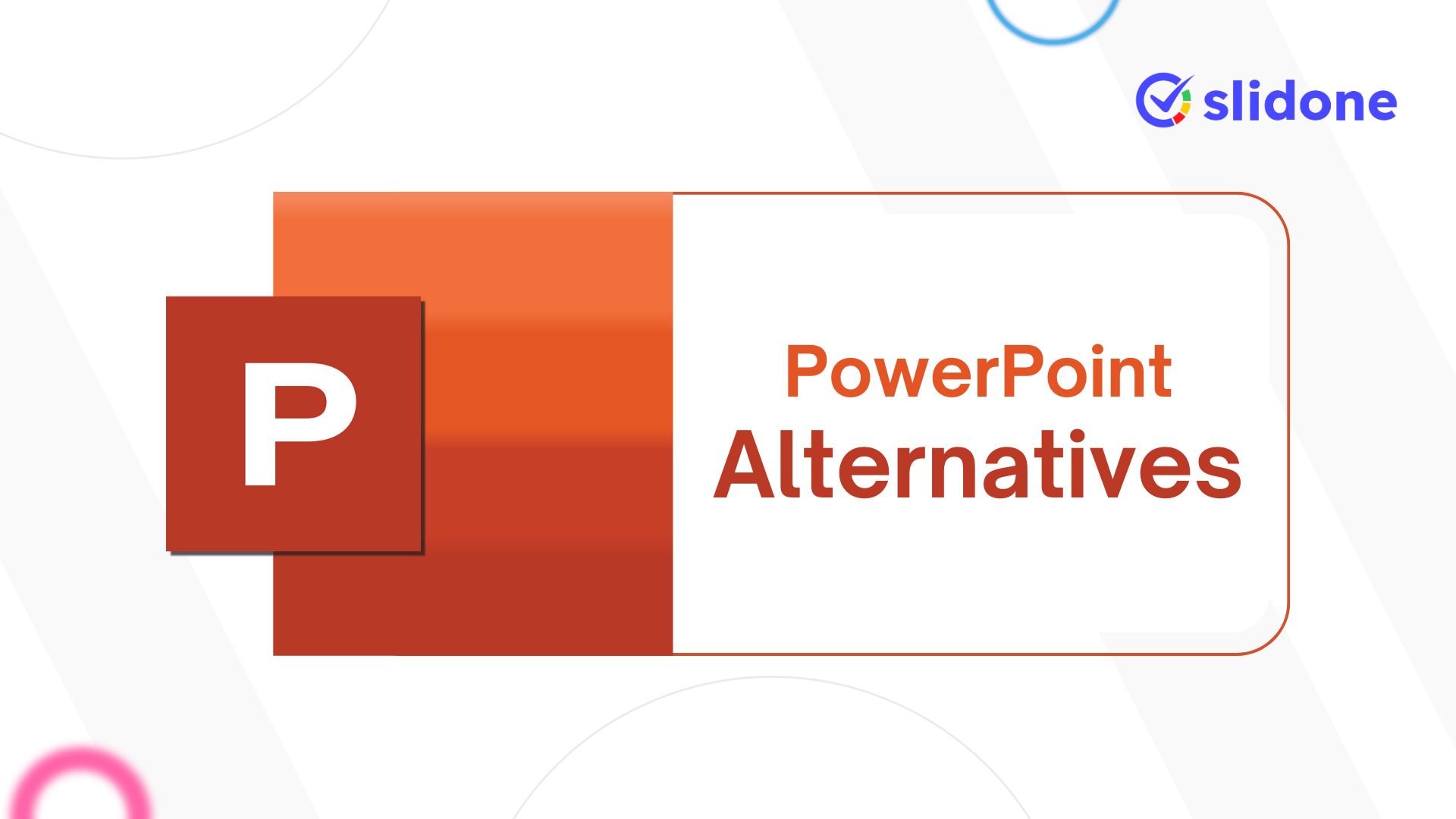As technology keeps advancing, so does how we create and deliver presentations. Today’s interactive presentation tools offer many new features to engage audiences and improve their experience. In 2024, several exciting trends are shaping how presentations are made. This blog will explore these interactive presentation trends and show how they can make your presentations more lively and interesting. We’ll look at the latest innovations and how they can help you connect better with your audience. By understanding these trends, you can stay ahead and make your presentations stand out in the crowd.
1. Immersive Technologies
Virtual Reality (VR) and Augmented Reality (AR)
Virtual Reality (VR) and Augmented Reality (AR) are increasingly popular in presentations, offering engaging and immersive experiences. With VR, users can fully enter a virtual environment, making it feel like they are part of the presentation. This can include exploring virtual spaces or interacting with 3D models. AR, on the other hand, overlays digital information onto the real world through devices like smartphones or AR glasses. This means you can see additional content or graphics while still being aware of your surroundings. Both technologies make presentations more dynamic and interesting, helping to capture the audience’s attention and make information easier to understand. As these tools become more accessible, they are expected to play a bigger role in how we present and learn.
VR in Presentations
Virtual Reality (VR) creates a fully digital space where presenters can give their audience a virtual tour or show complex ideas in a 3D setting. For instance, architects can use VR to let people explore buildings virtually. This means that instead of just looking at 2D plans or images, viewers can experience what it’s like to walk through the building or see its features from different angles. VR helps make presentations more interactive and engaging by allowing people to immerse themselves in the subject matter. Whether it’s showcasing a new design or explaining a complicated concept, VR provides a more dynamic and vivid way to share information.
AR in Presentations
Augmented Reality (AR) adds digital elements to the real world, making it ideal for interactive displays. With AR, you can see and interact with digital content as if it’s part of your surroundings. This technology is especially helpful for product designers who want to show how their products will appear in real-life situations. For example, they can use AR to place a virtual version of a new product in a real room, allowing viewers to see how it fits and looks in that space. This way, designers can give a realistic preview and make adjustments based on how the product interacts with its environment, enhancing the overall presentation and understanding.
Benefits
- Engagement: Immersive technologies capture and maintain audience attention.
- Understanding: Complex ideas and designs can be explained more effectively through 3D visuals.
- Interactivity: Audience members can interact with the content, enhancing their learning experience.
2. AI-Powered Presentations
Artificial Intelligence (AI) is revolutionizing the way presentations are created and delivered.
Automated Content Creation
Tools can help create presentation content by looking at data and offering useful information. They can make charts, graphs, and even write parts of the presentation. These tools use patterns and information from various sources to suggest what to include, making it easier to put together a presentation. By analysing the data you have, these tools provide relevant suggestions, saving you time and effort. Whether you need to display complex information clearly or need help with text, these tools can simplify the process and ensure your presentation is engaging and informative.
Personalized Presentations
By examining audience data, it’s possible to adjust presentations to match their likes and interests. This customization helps ensure that the content is more relevant and interesting for those watching. For instance, by understanding what the audience prefers, you can highlight points that matter most to them, making the presentation more engaging. This approach helps keep the audience focused and makes the information feel more meaningful. Ultimately, when a presentation aligns with the audience’s interests, it enhances their experience and improves their understanding of the material.
Real-Time Feedback
Analytics tools now offer instant feedback on how engaged your audience is, helping presenters make real-time adjustments to their delivery. These presentation analytics tools track how well people are following along and reacting during a presentation. If the audience seems bored or confused, presenters can quickly change their approach or content to better connect with them. This immediate feedback helps ensure that the message is clear and engaging, making presentations more effective. By using these tools, presenters can keep their audience interested and ensure that their message is delivered in the most impactful way possible..
Benefits
- Efficiency: Saves time in content creation and data analysis.
- Relevance: Personalization makes presentations more relevant to the audience.
- Adaptability: Real-time feedback helps in making necessary adjustments during the presentation.
3. Interactive Storytelling
Interactive storytelling is an emerging trend that combines traditional storytelling with interactive elements to create a more engaging narrative.
Choose-Your-Own-Adventure
Presenters can design stories where the audience’s choices affect how the story unfolds. This approach keeps the audience involved and interested in the presentation. By allowing the audience to influence the direction of the narrative, it makes the presentation more interactive and engaging for everyone.
Multimedia Integration
Using videos, animations, and sound effects can make your story more engaging. Adding interactive features, like clickable images or embedded quizzes, helps involve your audience even more. These elements make presentations more interesting and keep people focused on what you’re sharing, making your message clearer and more memorable.
Benefits
- Engagement: Keeps the audience actively involved in the narrative.
- Memorability: Stories are more memorable than plain facts and figures.
- Connection: Helps in building a stronger emotional connection with the audience.
4. Real-Time Collaboration
Real-time collaboration tools are becoming essential in interactive presentations, especially in remote and hybrid work environments.
Collaborative Platforms
Platforms such as Google Slides, Microsoft Teams, and Miro let several people work on a presentation at the same time. Users can add notes, make changes, and share their ideas together. This real-time collaboration helps improve teamwork and makes the presentation creation process smoother and more efficient.
Interactive Whiteboards
Interactive whiteboards, such as Jamboard and Miro, help make brainstorming and team discussions more effective. They allow everyone to draw, write, and add sticky notes together in real time. This makes it easier to share ideas and work on projects as a group, ensuring that everyone can contribute and see what others are adding instantly.
Benefits
- Efficiency: Speeds up the collaboration process.
- Inclusivity: Encourages participation from all team members.
- Creativity: Fosters creative brainstorming and idea generation.
5. Gamification
Gamification involves incorporating game elements into presentations to make them more engaging and fun.
Points and Rewards
Presenters can boost engagement by using point systems, badges, and rewards. For instance, participants might earn points for answering questions or completing tasks. These incentives can encourage more active participation and make the experience more enjoyable for everyone involved.
Interactive Quizzes and Challenges
Adding interactive quizzes, puzzles, and challenges makes presentations more engaging and helps people learn better. Tools like Slidone and Quizizz are great for making presentations fun by including game-like features. These tools keep the audience interested and help reinforce the material being presented.
Benefits
- Motivation: Increases motivation and participation through rewards.
- Engagement: Keeps the audience actively involved and interested.
- Learning: Reinforces key concepts through interactive learning activities.
6. Advanced Data Visualization
Presenting data in a visually appealing and interactive manner is crucial for effective communication.
Interactive Charts and Graphs
Tools such as Tableau and Power BI provide interactive charts and graphs that let users dig deeper into data. By hovering over data points, users can see additional details or adjust filters to change what data is shown. These features help users understand and analyse information more effectively.
Infographics and Data Stories
Tools such as Tableau and Power BI provide interactive charts and graphs that let users dig deeper into data. By hovering over data points, users can see additional details or adjust filters to change what data is shown. These features help users understand and analyse information more effectively.
Benefits
- Clarity: Makes complex data easier to understand.
- Engagement: Interactive visuals keep the audience engaged.
- Insight: Helps in uncovering insights and trends through dynamic data exploration.
7. Seamless Integration with Video Conferencing Tools
As remote work continues to be prevalent, seamless integration with video conferencing tools is essential for interactive presentations.
Integration with Platforms
Presentation tools are now seamlessly connecting with video conferencing platforms such as Zoom, Microsoft Teams, and Google Meet. This connection makes it easier for presenters to switch between showing their slides and engaging with their audience. Slidone offers free presentation integration software to help reduce the workload for presenters. With this tool, managing your meeting becomes simpler and more effective, allowing you to focus on delivering a great presentation rather than struggling with technical details. By streamlining the process, Slidone helps ensure your presentations run smoothly and keep your audience engaged.
Embedded Interactive Elements
Adding polls, quizzes, and Q&A sessions directly into your video calls makes it easier for everyone to join in. Tools like Slidone and Mentimeter provide these features, so you don’t need to switch between apps. This way, participants stay engaged and everything runs smoothly during your meetings.
Benefits
- Convenience: Provides a seamless experience for remote and hybrid audiences.
- Interactivity: Enhances engagement through integrated interactive elements.
- Efficiency: Streamlines the presentation and interaction process.
Read More: To Know About 5 Tips To Create Interactive Presentations During Online Meetings
Conclusion
Interactive presentation trends are continually evolving, driven by advancements in technology and changing work environments. The trends in 2024 highlight the importance of engagement, personalization, and collaboration. By incorporating immersive technologies, AI, interactive storytelling, real-time collaboration, gamification, advanced data visualization, and seamless integration with video conferencing tools, presenters can create dynamic and engaging presentations.
These trends not only make presentations more engaging but also improve audience retention and participation. Embracing these trends will ensure that your presentations are not only informative but also memorable and impactful. Whether you are an educator, business professional, or public speaker, staying ahead of these Interactive presentation trends will help you create presentations that captivate and resonate with your audience.





Leave a Comment
Your email address will not be published. Required fields are marked *